These heat-loving fruits with a long growing season are also known as Muskmelons and are well known for their net-like, tan rind and sweet orange flesh. Cantaloupes are members of the cucurbit family of plants (Cucurbitaceae), including cucumbers, pumpkins, squashes, gourds, and a long list of melons. They are easy to grow specialty melons with hundreds of varieties to choose from.
Although a long and warm growing season is a must for a successful cantaloupe harvest, the pleasure that the taste of a freshly rippen cantaloupe brings on a hot summer day is totally worth it!
The orange flesh of this delicious fruit is very sweet and high in vitamins A and C and potassium. It is almost always eaten raw, after simply scooping the seeds. Cantaloupes’ beta-carotene content can reach levels 30 times higher than the beta-carotene content of fresh oranges.
Intake of cantaloupe has recently been found to lower the risk of metabolic syndrome. Cantaloupes are also filled with antioxidants and anti-inflammatory nutrients. These facts will surely make you consider growing cantaloups in your garden. This complete guide for growing healthy, tasty canaloupes will surely help. Take a look…
1. Choose the right variety
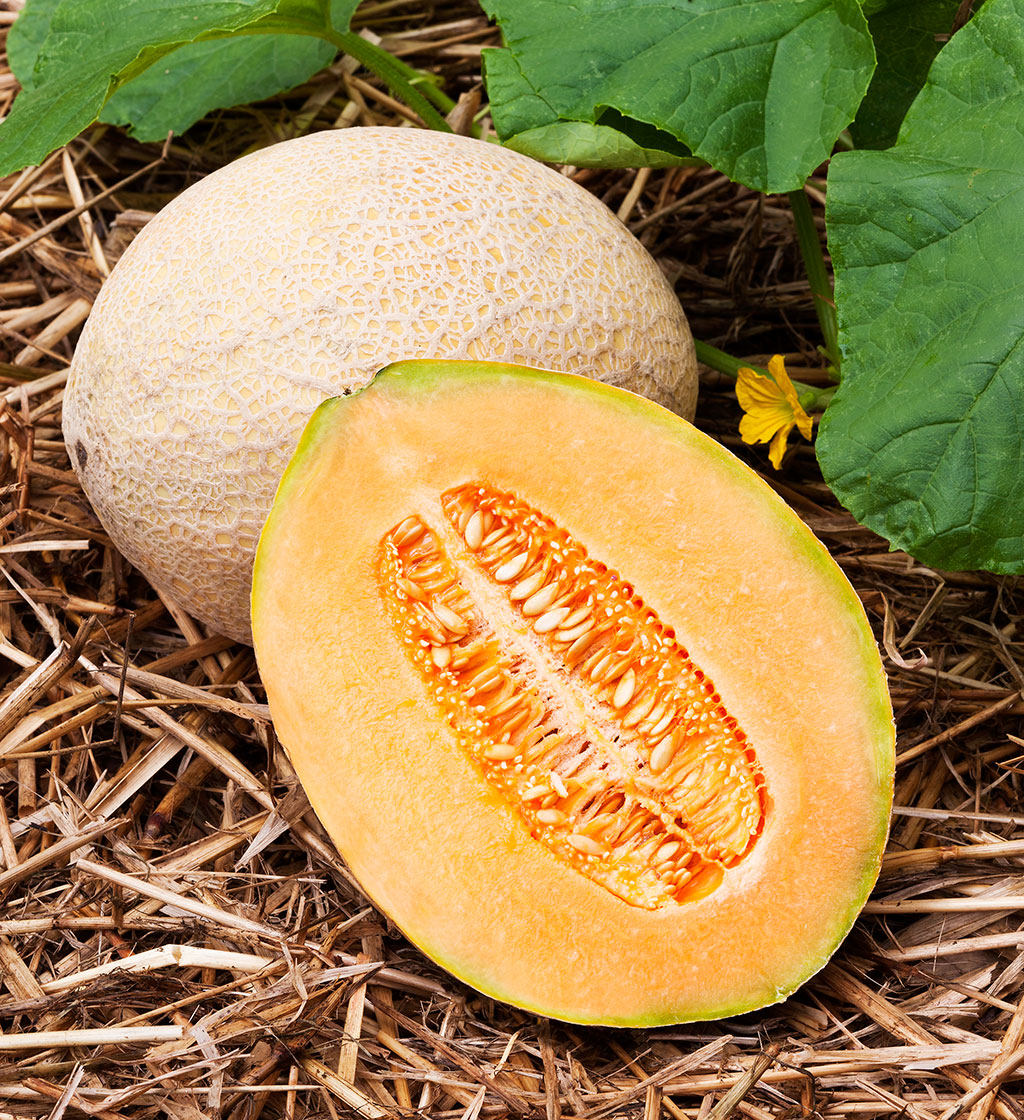
Hale’s Best Cantaloupe, photo via bonnieplants.com
Cantaloupes grow best in hot weather, and there are more than dozens of varieties to choose from. It is important to select the right variety for your climate. Choose Hale’s Best, Sarah’s Choice, and Eden’s Gem if you have colder climate, Hale’s Best Jumbo if you want aromatic melon, Hearts of Gold, Ambrosia, Athena, and Honey Bun are known for their flavor. At the same time, Bush Star is a bushy variety that suits gardeners with limited space. It is simple; just check the variety’s characteristics before planting it.
2. Choose the right location
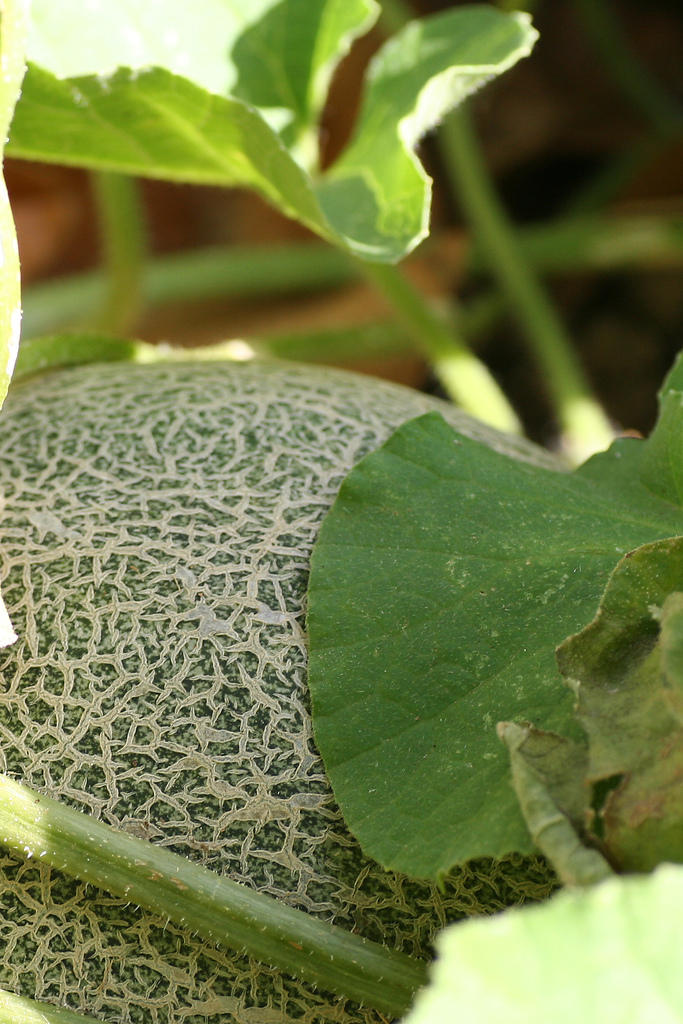
photo via gardeningknowhow.com
As we said, cantaloupes prefer warm weather, so choosing a sunny spot to plant them is important. They need warm soil and enough space to spread. The cantaloupes’ vines need room to spread out, no matter if you plan on trellising or letting the melons mature on the ground. And do not be afraid to plant cantaloupes in the same area with other melons – they won’t cross with other family members.
3. Prepare the soil
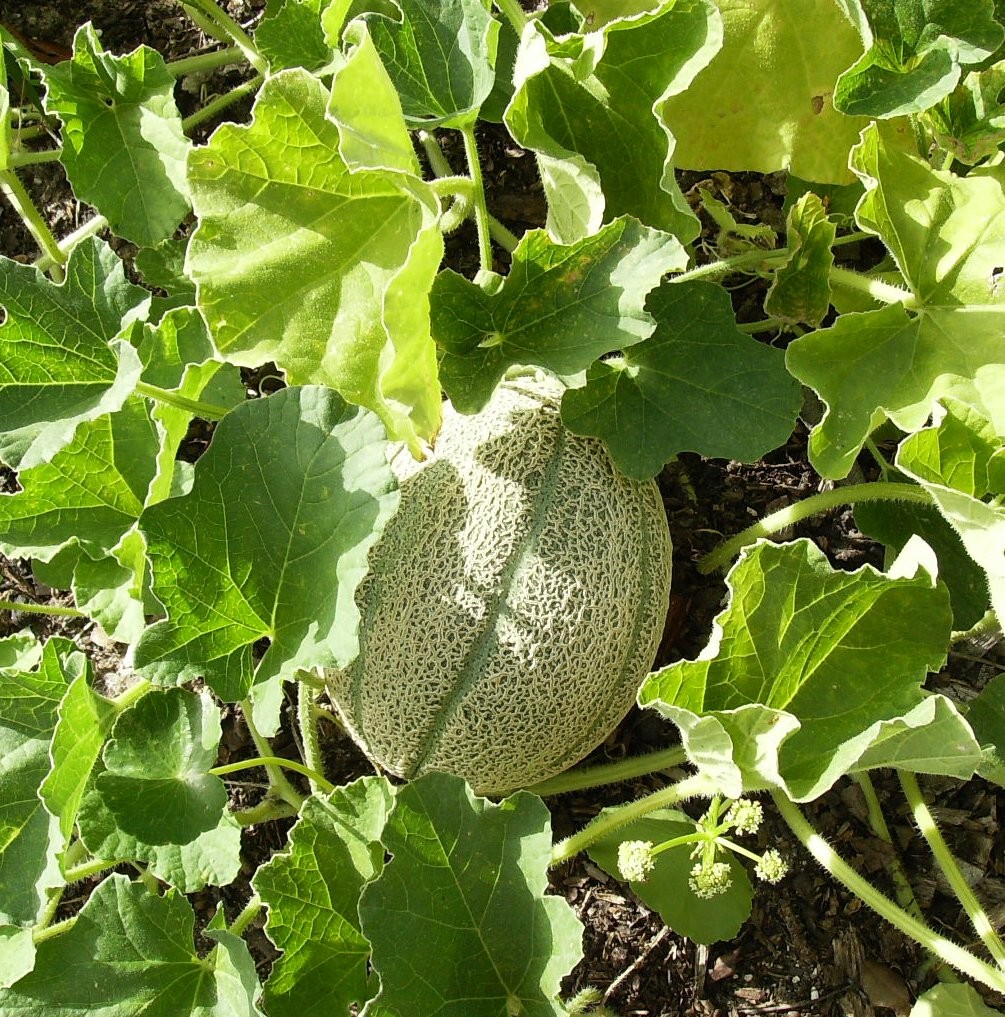
photo via imagejuicy.com
Cantaloupes need rich feeding so you must do a little soil preparation before planting them. This includes amending soil with aged manure or compost before planting. You should also aerate the soil and remove any rocks, twigs, or other hard bits before mixing in a layer of manure followed by a layer of compost on top. As cantaloups like warm soil, make sure you speed the warming process by covering the ground with plastic film or weed matting prior to planting. Cantaloupe should be planted on raised mounds in a row, with each hill about 12 inches apart from the next. Rows should be at least 4 feet apart. Choose trellising cantaloupes for smaller varieties.
4. Plant your cantaloupes
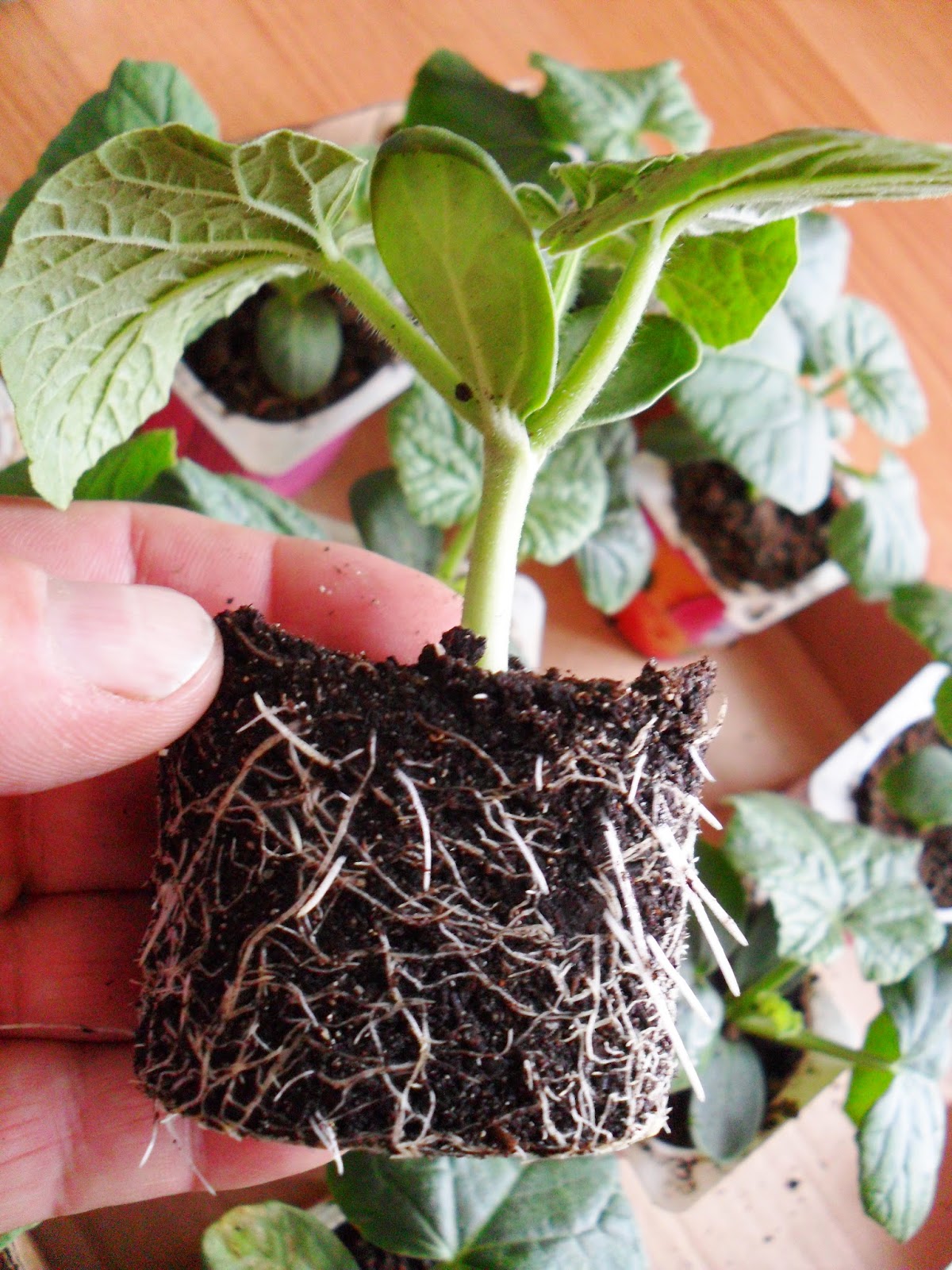
photo via 2.bp.blogspot.com
Cantaloupes can be directly sowed outside, but only if you know the exact day of the last frost of the season, which is quite difficult to guess. It would be ideal to sow your cantaloupes 10 days before the last frost. To avoid making a mistake with the dates, it is probably best to start cantaloupes indoors, especially if you live in a colder climate. Sow them in biodegradable seedling pots filled with rich planting soil, and make sure they have a couple of mature leaves before transplanting them. If you live in a warmer climate sow cantaloupes directly in your garden once the soil temperature warms to at least 65 degrees.
5. Watering Cantaloupes
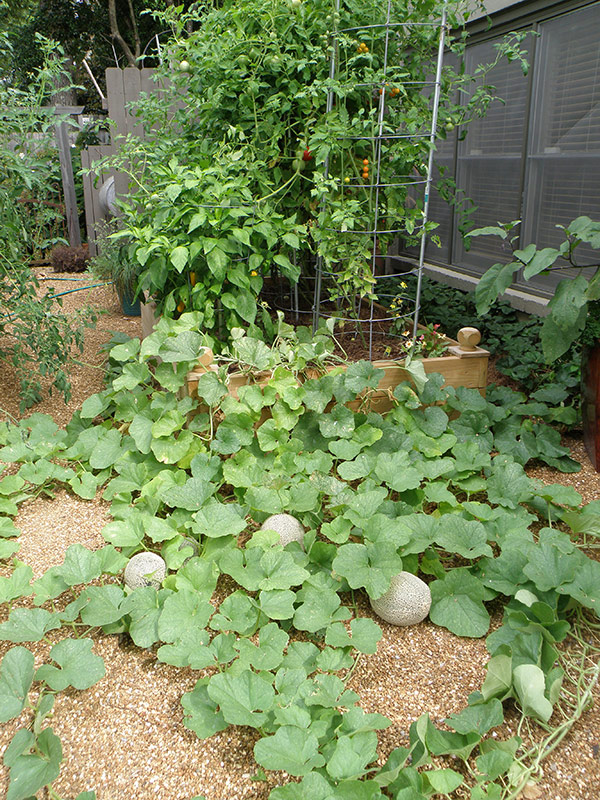
photo via bonnieplants.com
Constant watering is very important for successfully growing cantaloupes. This means providing 1-2 inches of water per week. It is best to water in the morning in order to avoid wetting the leaves. Once the fruit starts to grow it is time to reduce watering as dry weather produces the sweetest fruit. This is why the fruit can be bland if there was a lot of rainfall during the ripening season.
6. Fertilizing Cantaloupes
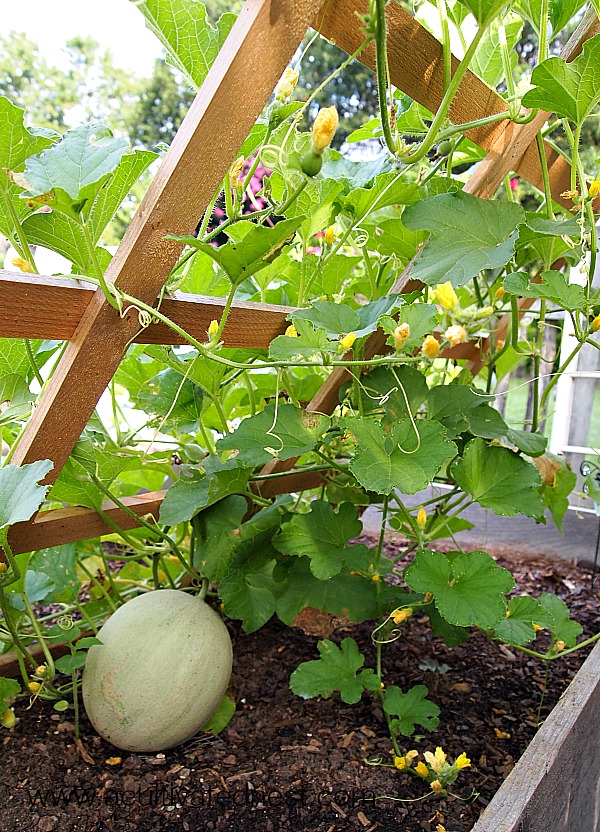
photo via acultivatednest.com
Cantaloupes should be fertilized periodically. For instance, if you notice that some plants are moving slower than others use a nitrogen fertilizer to force blooming. You can also line some coffee grounds around the root system. Try to avoid using chemicals like weed killers if possible. You can use organic matter like compost or manure around the root system instead.
7. Additional care
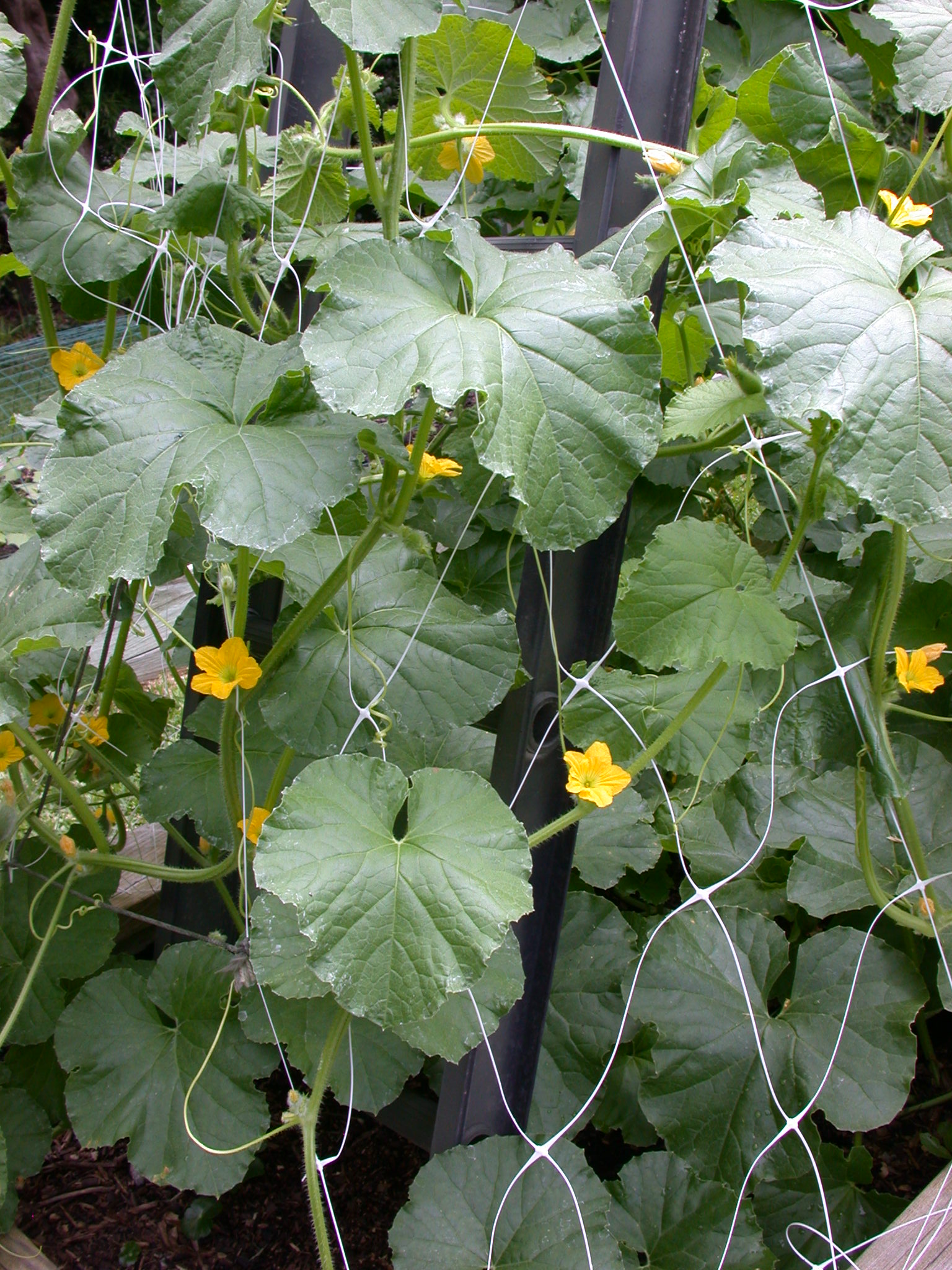
photo via honeybees-by-the-sea.com
There are some tricks in order to grow healthy, tasty cantaloupes aside the basic care tips. One of them is to protect the fruits once it starts growing in order to keep them warm and protect them from insects. You can do this by covering your rows with floating row cover. Cantaloupe vines tend to spread very fast and they become very thick very soon. Weeding the vine area is almost impossible, so it is best to thoroughly weed it before the vines start running. Once the fruit begins to grow you should prune end buds off vines. This way your plants may produce fewer melons, but they will be larger and of better quality.
8. Growing Cantaloupes in containers
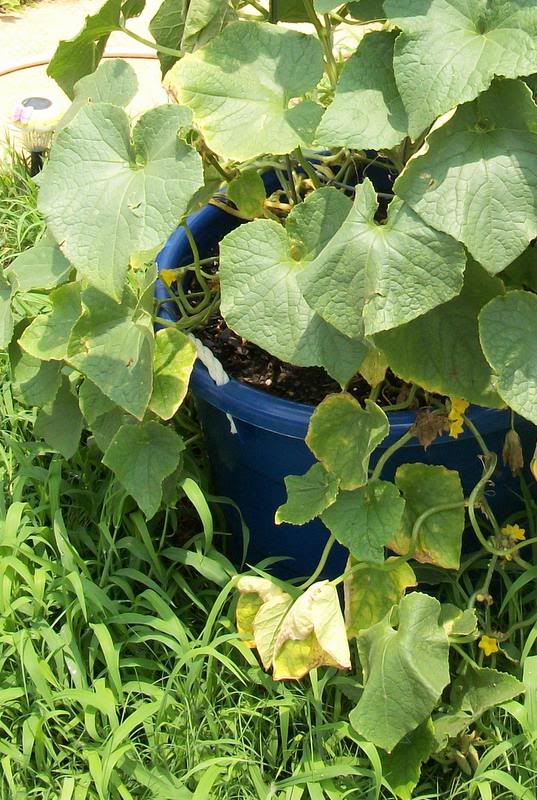
photo via photobucket.com/user/bfoster2000/media
Cantaloupes can be easily grown in containers, just make sure you choose smaller varietes if container gardening is your choice. You can let the vines spill over the sides or use a support. Make sure you use a really big pot (at least 12” across). Minnesota Midget is considered one of the best varieties to grow in containers.
9. Insect and disease problems
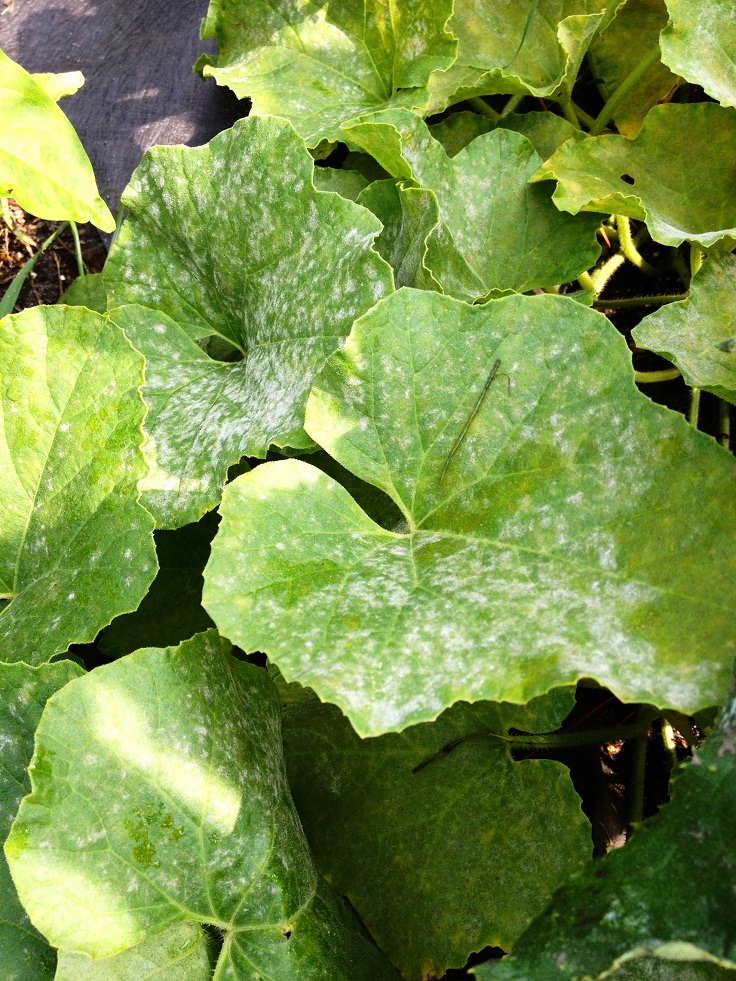
photo via secondhandgardening.files.wordpress.com
In order to grow healthy cantaloupes you should learn how to recognize the problems on time and how to treat them. Although cantaloupes are rarely bothered by pests and disease, they can be exposed to insects, mites, and leaf miners, as their vines lay around the ground. To avoid pests and diseases it’s best to rotate your melon crops each year ensuring that you are not planting in the same spot each year. Cantaloupes are related to the cucumber, and can be targeted by several of the same insect pests so you can treat them with the same products long as they are vegetable-safe.
10. Harvesting and Storage
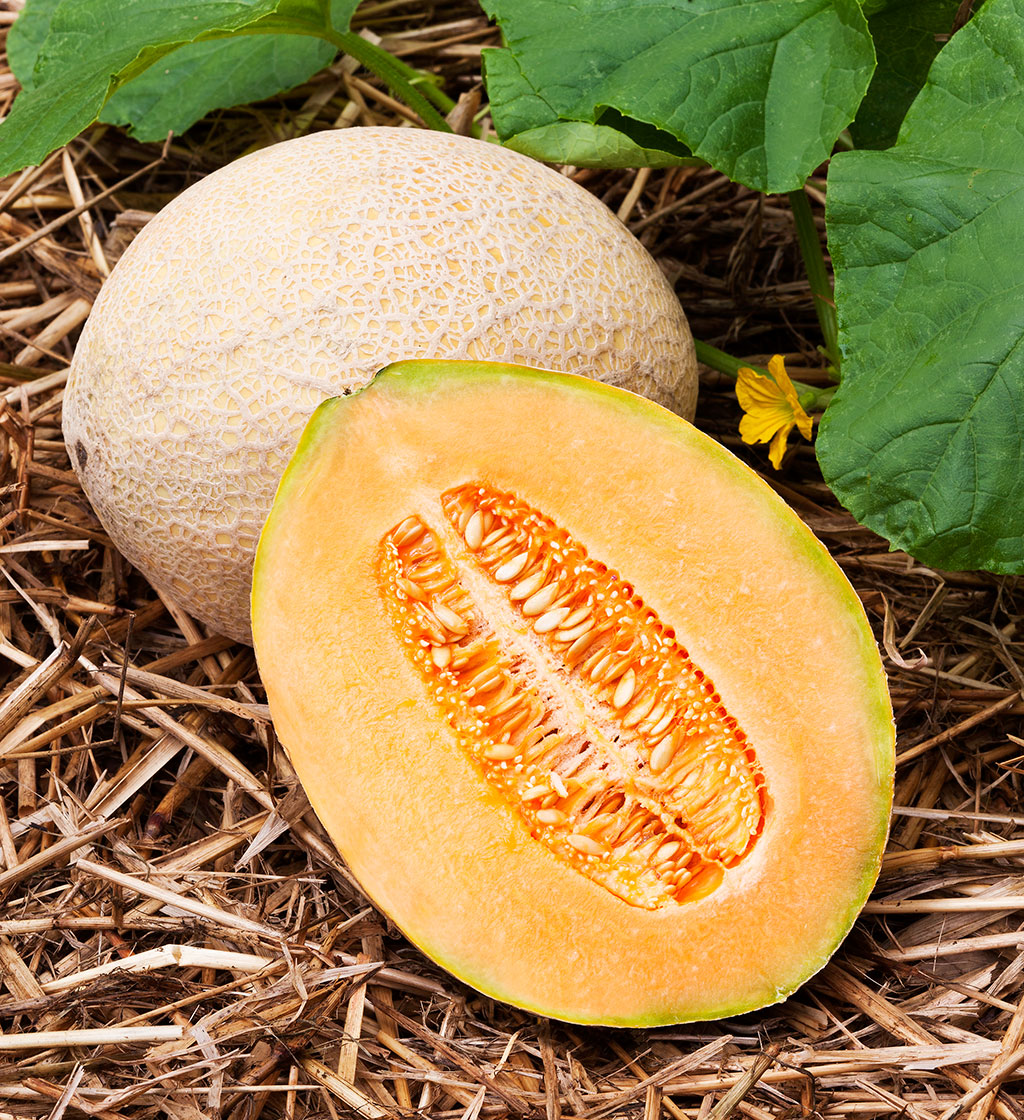
photo via bonnieplants.com
Let the melons ripen fully on the vine before harvesting as they don’t ripen well after harvesting. But how to know when is the fruitfully ripped and ready to harvest? First of all the rinds begin to change from green to tan or yellow and there is the wonderful fragrance they develop when they are ready to pick. Make sure the vines are dry and be careful not to damage them during harvesting. Uncut cantaloupes will last for a week or more in the refrigerator. To get the best flavor, let your fruit sit for a day or two after picking, in a warm place.


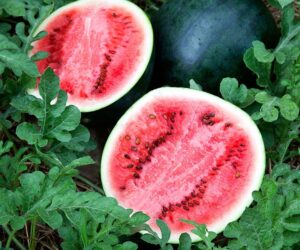

I had little white looking worms get in my Cantaloupes this year. What could be the cause of it. They also got in my cucumbers and squash. What can I do to prevent it for next year. Thank you.